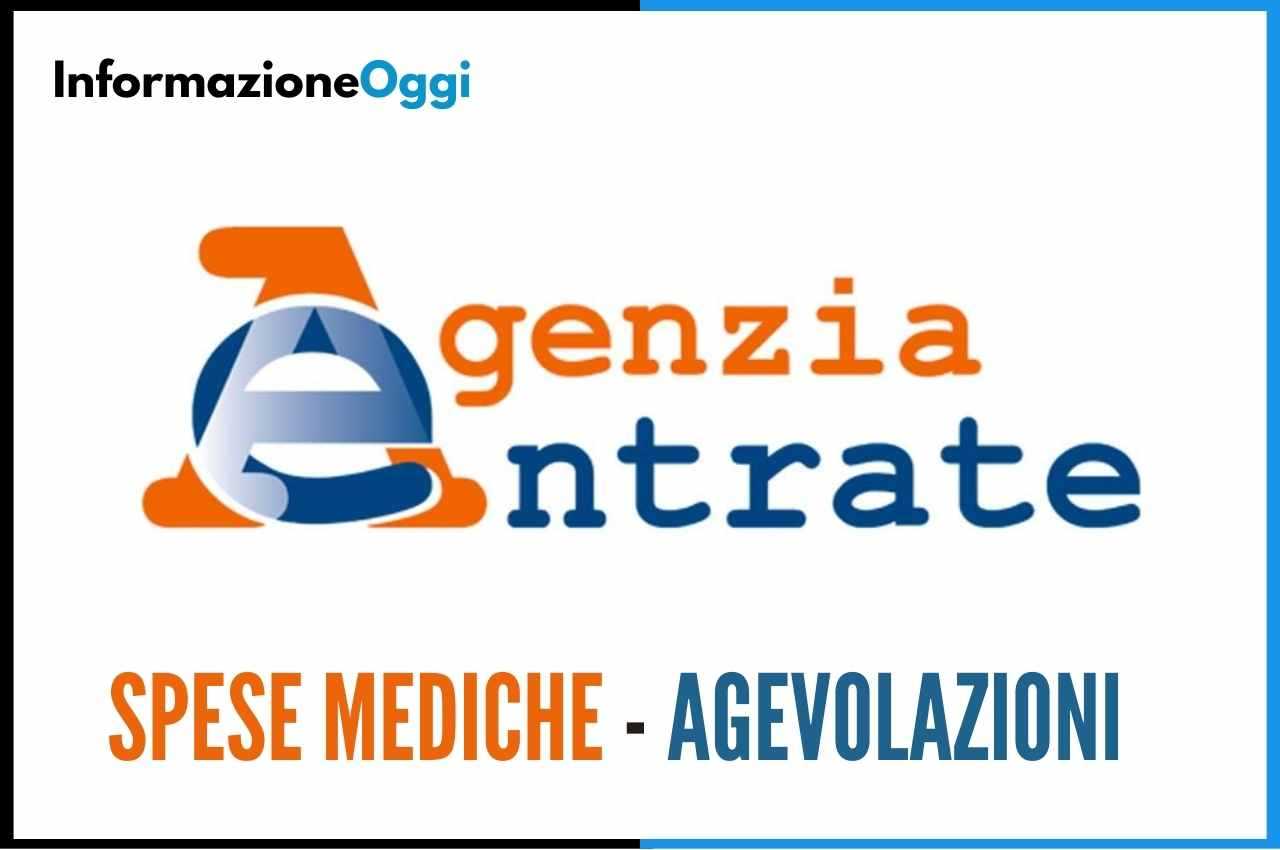Disabled people can have benefits both for tax deductions for the entire amount of expenses incurred and for the reduced VAT of 4% instead of 22% for the purchase of certain categories of products.
For expenses incurred in the year prior to the presentation of the tax return to be deducted, the traceability of the payment must be kept.
The 2020 Budget Law established that the deduction of 19% of health expenses is possible only if the payment was made by bank or postal payment or with other traceability systems. Healthcare expenses incurred for dependent family members are tax deductible. It must be clarified that a family member with a total income equal to or less than 2,840.51 euros gross of deductible charges. For children up to the age of 24, the limit is 4,000 euros.
Expenses incurred can be deducted in the tax return for an amount exceeding 129.11 euros. This means that the deduction due is 19% of the difference between the total sum of the expenses incurred and the deductible of 129.11 euros.
The expenses that allow the IRPEF deduction of 19% are those referring to organ transplants, spa treatments, surgical services, etc.
A reader of ours asks us the following question:” My 76-year-old wife benefits from law 104 due to serious mobility problems (she suffers from Parkinson’s disease) I would like to know if she is entitled to the deduction of physiatric benefits and to what extent and if she is entitled to an active lifter thanks”
What are the benefits for the disabled?
Exits faced by people with disabilities are fully recognized at the deduction of 19%, excluding the deductible of 129.11 euros. These expenses are those for the transport of the disabled person, purchases of artificial limbs, etc.
General medical expenses and those of “specific assistance” are totally deductible from the total income of the person affected by disability. The latter include:
- Physiotherapy, kinesitherapy, laser therapy, then nursing and rehabilitation assistance;
- Services dedicated to the direct assistance of the person by personnel with professional qualification of basic assistance or technical assistance operator;
- Services rendered by qualified personnel in charge of animation and occupational therapy activities.
In order to deduct, the taxpayer must have the certification of the consideration issued by the healthcare professional who carried out the activity with an annexed description of the healthcare assistance.
Expenses incurred for physiotherapy and rehabilitation activities are deductible. These must be prescribed by a doctor who certifies the need for the care of the person with a disability. The activities must be carried out in specialized centers by doctors or health personnel with a lot of specialization.
Medical equipment belonging to the category of basic means is deductible by 19% of the total amount of expenditure incurred:
- to accompaniment;
- to locomotion;
- to walking
- to the elevation of disabled people
Who are the disabled?
Disabled are defined as those who have the certificate from the Medical Commission sanctioned by art. 4 of the law n. 104/1992, and subjects recognized by other public medical Commissions who are delegated to recognize civil, war, etc. invalidity. Furthermore, there is the possibility of self-certifying the possession of the documentation certifying the recognition of the existence of the disability situation.
For the recognition of the IRPEF deduction it is necessary to keep the tax document (receipt, invoice, receipt), which could subsequently be demonstrated to the Revenue Agency.
How does the reduced VAT for the disabled work?
The benefits for the disabled include the reduced VAT of 4% for the purchase of essential tools for walking, accompanying and lifting.
The stairlift and similar allow people who have a total or partial reduction of motor ability to cross architectural barriers. The purchase for these vehicles provides for a reduced VAT of 4%.
For the purposes of applying the 4% VAT, during the purchase, the report certifying the permanent functional disability issued by the competent local health authority or by the Integrated Medical Commission must be delivered to the seller. The existence of the health requirements for the request for tax concessions is recorded in the report. In case of lack of the wording, it must be demonstrated by means of a certificate issued by the general practitioner in which the request for the tax advantage is certified.
